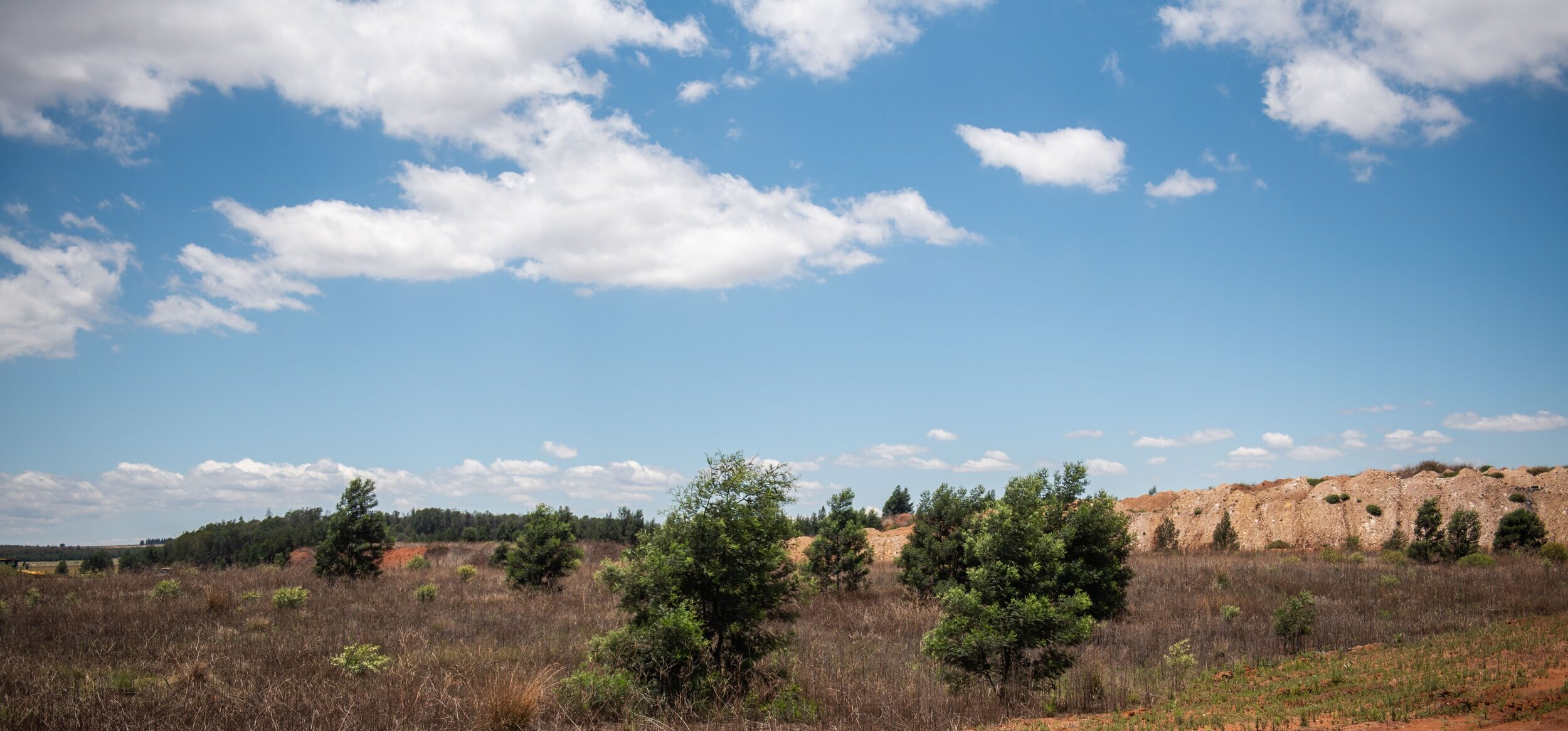Singani sets the benchmark for mine rehabilitation
The Singani Colliery is preparing to blast. Holes are drilled in the open pit while a large ADT truck busily loads and hauls deep red soil from the adjacent area, opening up the section for mining. Canyon Coal is systematically mining the remaining coal at the colliery and rehabilitating mining areas as it moves along the coal seams.
Not far from the day’s designated blasting area, grass, shrubs and trees have sprung up on land that has been significantly rehabilitated by the Singani operational team. Much of the healthy vegetation will be replaced with indigenous plants during the full rehabilitation phase in 2019, but the lush greenery is a sign that the mine’s rehabilitation programme is producing fertile ground.
Singani Colliery is Canyon Coal’s first mine that will complete full rehabilitation and apply for a mine closure certificate. Judging by the condition of the site during the final production phase, it will become a benchmark for the rehabilitation of the company’s other coal operations – the colliery has succeeded in maintaining an excellent balance between production and rehabilitation activities throughout the life of the mine.
“Since mining started in August 2014, the team has produced between 110 000 and 130 000 tons of ore per month and undertaken concurrent rehabilitation of the mining areas,” says Vanessa Thani, acting general manager of the mine. “Production has now slowed down to 80 000 tons per month and the results of the ongoing rehabilitation on site are visible.”
Canyon Coal project manager Liza Janse van Vuuren says that the company will launch the full rehabilitation phase when production concludes in February 2019.
“By July-August, all the pit areas which have been methodically backfilled with the overburden that was removed to expose the coal will be covered with rich topsoil. And by October-November these areas are expected to be filled with seeds and new grass plants,” she says.
PRESERVING THE SOIL FOR THE FUTURE
Singani Colliery has followed the prescribed, environmentally sound way of mining and rehabilitating the site. The team has stockpiled the overburden (material) in the sequence that it was removed, preparing to backfill these mining areas again with the hard-, soft- and topsoil after taking out all the coal in the pit.
“It is very important to put the soil back as close as possible to where we found it. Once this is done, we need to level the rehabilitated area so that it blends in with the surrounding landscape,” says Liza. “We consider factors like the natural contours of the surrounding landscape and the direction of water flows in doing so.”
Vanessa says the surveyor is always present during mining activities on site to monitor the volume of coal that is being mined and ensure that the colliery is putting back the right volumes of overburden (material) into the mining pit.
“We have to mine all the available coal, but we also need to ensure that we leave sustainable landscapes behind. My team and I are following in the footsteps of the previous general manager, Kgotso Mongalo, who looked after the ecosystem. He maintained a steady pace of backfilling, ensured that there was never any stagnant water on site and serviced vehicles timeously to prevent any oil leaks.”
Liza notes that the company has carried out regular environmental audits at Singani to examine the stability of the site. Rehabilitated areas are scrutinised for cracks and erosion, while plants growing in the areas are considered a sign of successful rehabilitation.
“When we start the next phase of rehabilitation next year, we aim to replace invasive plant species with pioneer species, ultimately transforming the mined out area into one big, consistent piece of vegetation,” says Liza.
“Our objective is to ensure that the topsoil can sustain plant life, enabling the land to be useful after mining. It is also important for the company to know what we are leaving behind on the site because we remain liable for the area after mine closure.”
Vanessa says that Singani Colliery is proof that it is possible to mine and rehabilitate a mining area properly. “Doing the rollover (backfilling) on a daily basis and having a good team that understands that the soil must go back to where it’s found goes a long way.”
“We are all aware that we are not only mining for today, but also for the future – from the staff at the gate to the general manager.”





